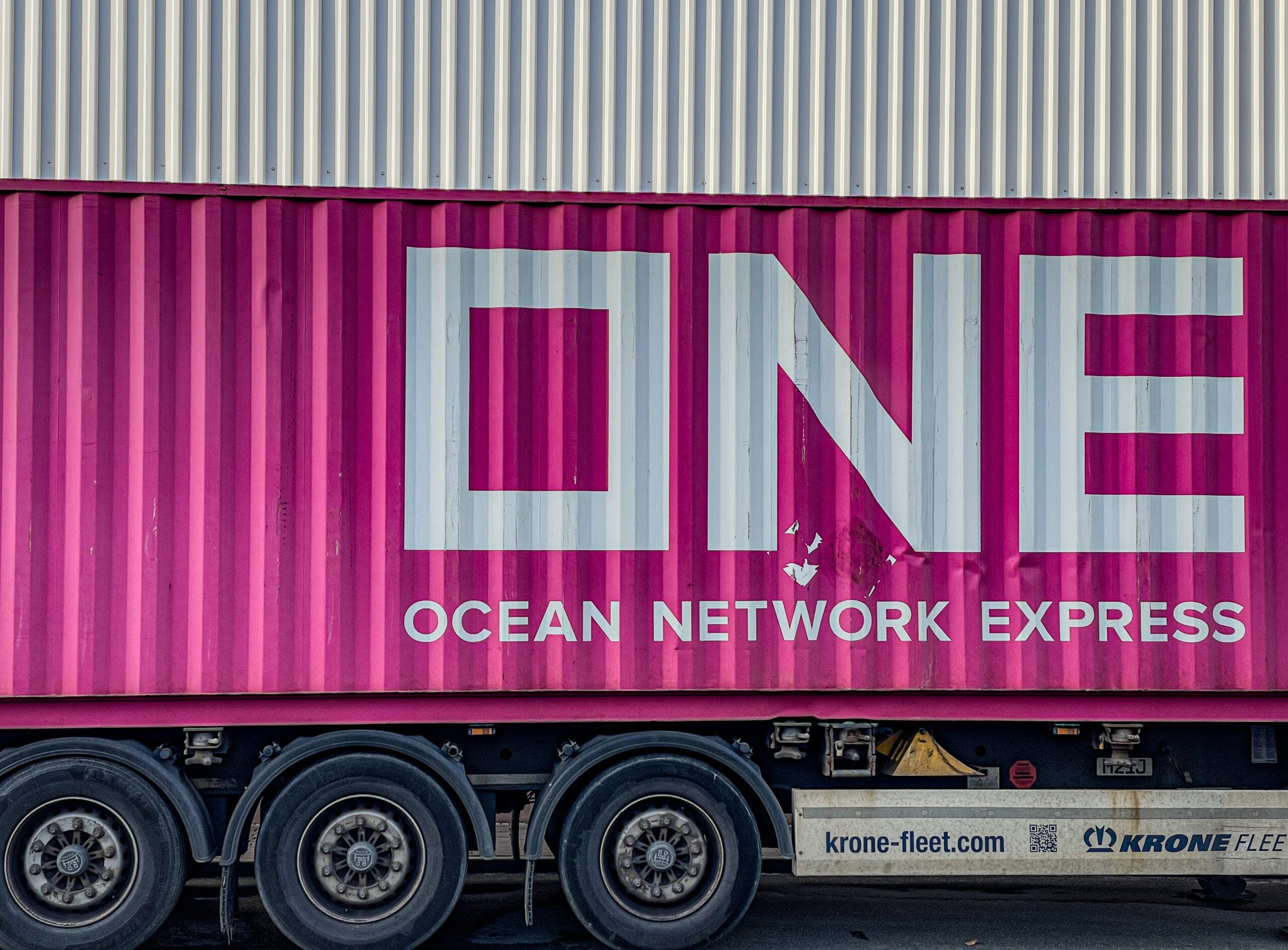Containerization and microservices are two rapidly growing trends in the world of software development. While they are often discussed separately, they are actually a perfect match when used together. In this blog post, we will explore how containerization and microservices complement each other and why they are becoming the go-to solution for modern software architecture.
Understanding Containerization
Containerization is a lightweight and portable approach to software packaging and delivery. It allows developers to package an application along with its dependencies, such as libraries and configuration files, into a single container. This container can then be deployed and run on any system that supports containerization, regardless of the underlying infrastructure.
Containers provide a consistent and isolated environment for applications to run, ensuring that they work the same way across different environments. They are also highly scalable, allowing developers to easily deploy multiple instances of an application to meet increasing demand.
The Power of Microservices
Microservices, on the other hand, is an architectural style that structures an application as a collection of small, loosely coupled services. Each service is responsible for a specific business capability and can be developed, deployed, and scaled independently. This approach allows for greater flexibility, agility, and scalability compared to traditional monolithic architectures.
Microservices promote modularity and encapsulation, making it easier to develop and maintain complex applications. They also enable teams to work in parallel, with each team responsible for a specific service. This decentralized approach improves development speed and allows for faster time-to-market.
The Benefits of Combining Containerization and Microservices
When containerization and microservices are used together, they offer several benefits that make them a perfect match:
1. Portability
Containerization provides a consistent runtime environment for microservices, making them highly portable. Developers can package each microservice and its dependencies into a container, allowing them to be easily deployed and run on any system that supports containerization. This portability eliminates the need for complex configuration and setup, making it easier to move applications across different environments, from development to production.
2. Scalability
Both containerization and microservices are designed to be highly scalable. Containers can be easily replicated and deployed across multiple nodes, allowing for horizontal scaling. Microservices, being small and independent, can also be scaled individually based on demand. This combination of scalability ensures that applications can handle increasing traffic and workload efficiently.
3. Fault Isolation
Containerization provides a level of fault isolation between microservices. Each microservice runs in its own container, ensuring that failures in one service do not affect others. This isolation improves the overall resilience and reliability of the application. If a microservice crashes or experiences issues, it can be easily restarted or replaced without impacting the rest of the system.
4. Continuous Deployment
The combination of containerization and microservices enables continuous deployment and delivery. With containerization, applications can be easily packaged and deployed as containers, making it easier to automate the deployment process. Microservices, being independent, can also be updated and deployed individually without affecting the entire application. This allows for faster and more frequent releases, reducing time-to-market and enabling rapid iteration.
Conclusion
Containerization and microservices are a perfect match for modern software architecture. They provide a scalable, portable, and fault-tolerant solution for developing and deploying complex applications. By combining the benefits of containerization and microservices, developers can build and maintain applications that are flexible, agile, and highly resilient.
As the software industry continues to evolve, containerization and microservices will play an increasingly important role in shaping the future of software development. Organizations that embrace these technologies will be well-positioned to meet the demands of a rapidly changing digital landscape.





